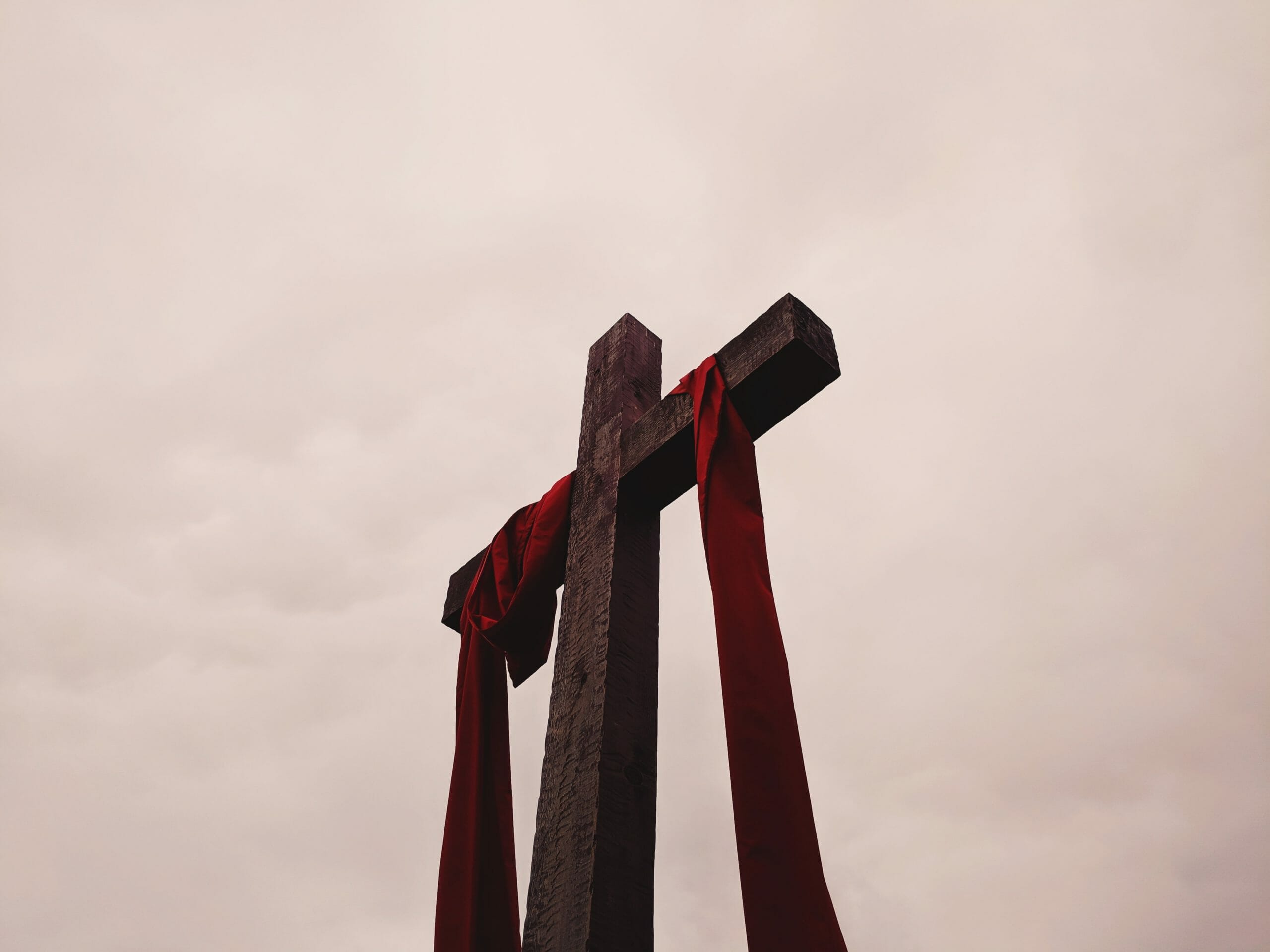
Photo by Alicia Quan on Unsplash
Celebrating Easter in a Good Friday world

Curtis Ramsey-Lucas
March 31, 2020
Churches shuttered. Services online. Bible study and prayer meetings via Zoom and other online platforms.
Life together as Dietrich Bonhoeffer defined it in the book of the same name grows ever more challenging amid the coronavirus pandemic. “Christians are privileged to live in visible fellowship with other Christians,” wrote Bonhoeffer. “They know that visible fellowship is a blessing…the physical presence of other Christians is a source of incomparable joy and strength to the believer.”[i]
In a time of physical distancing, the best we can do for now is an image on a screen and a voice over an internet connection. An inadequate substitute for physical presence, but better than the alternative of even greater isolation and better too than risking further spread of the virus by gathering together. Still, the difficulty of building community remains.
I attended seminary at a time when the number of commuter students was beginning to outpace the number who lived on campus. This transition was accompanied by tension between those who called campus home and those whose homes were elsewhere. Building community was a challenge for, as one of my professors said, you cannot have community without propinquity. In other words, without physical proximity there cannot be community, only a semblance of it.
Thankfully, we live in an age in which communications technology and online social networks enable us to remain connected virtually and for the ministry of the church to adapt to meet needs absent physical proximity. Still, the challenge of nurturing community remains.
A concept circulating on social media is that the coronavirus pandemic provides an opportunity for the church to prove it is not a building but a people in the world. At the same time, I am seeing posts from pastors wondering if they will have a second Easter service when everyone is finally able to gather again for worship. Which is it then? Is the church a building or a people in the world? Are these things mutually exclusive? Perhaps both are true. The church is a people in the world, as well as a building in which those people gather with some regularity.
In this respect, Christians today are no different than the earliest followers of Jesus who gathered in homes to break bread and praise God. For all the attendant costs associated with maintaining a building—and, yes, those resources could be used for mission and ministry in the community—physical space is socially, spiritually and psychologically important to human beings. One need only recall the global response to the fire that nearly destroyed Notre Dame Cathedral to be reminded of this.
Churches shuttered. Services online. Bible study and prayer meetings via Zoom and other online platforms. This Easter, many Christians will gather as the earliest Christians did—in homes.
This Easter many Christians, perhaps most, will gather as the earliest Christians did—in homes. Unlike those early Christians, they will do so as individual families connected, if at all, through online platforms and streaming services. Like those who preceded them in the faith, they will break bread and praise God as the church has done through the ages—amid war, peace, famine, plenty, pandemic, plague, freedom, oppression.
Easter is not cancelled or postponed. It does not need to be repeated later. Every Sunday, Christians celebrate the resurrection in a Good Friday world. Perhaps this Easter this reality will be more evident than before.
Curtis Ramsey-Lucas is editor of The Christian Citizen.
The views expressed are those of the author and not necessarily those of American Baptist Home Mission Societies.
[i] Dietrich Bonhoeffer, Life Together, (New York: Harper & Row, 1954), 19.


